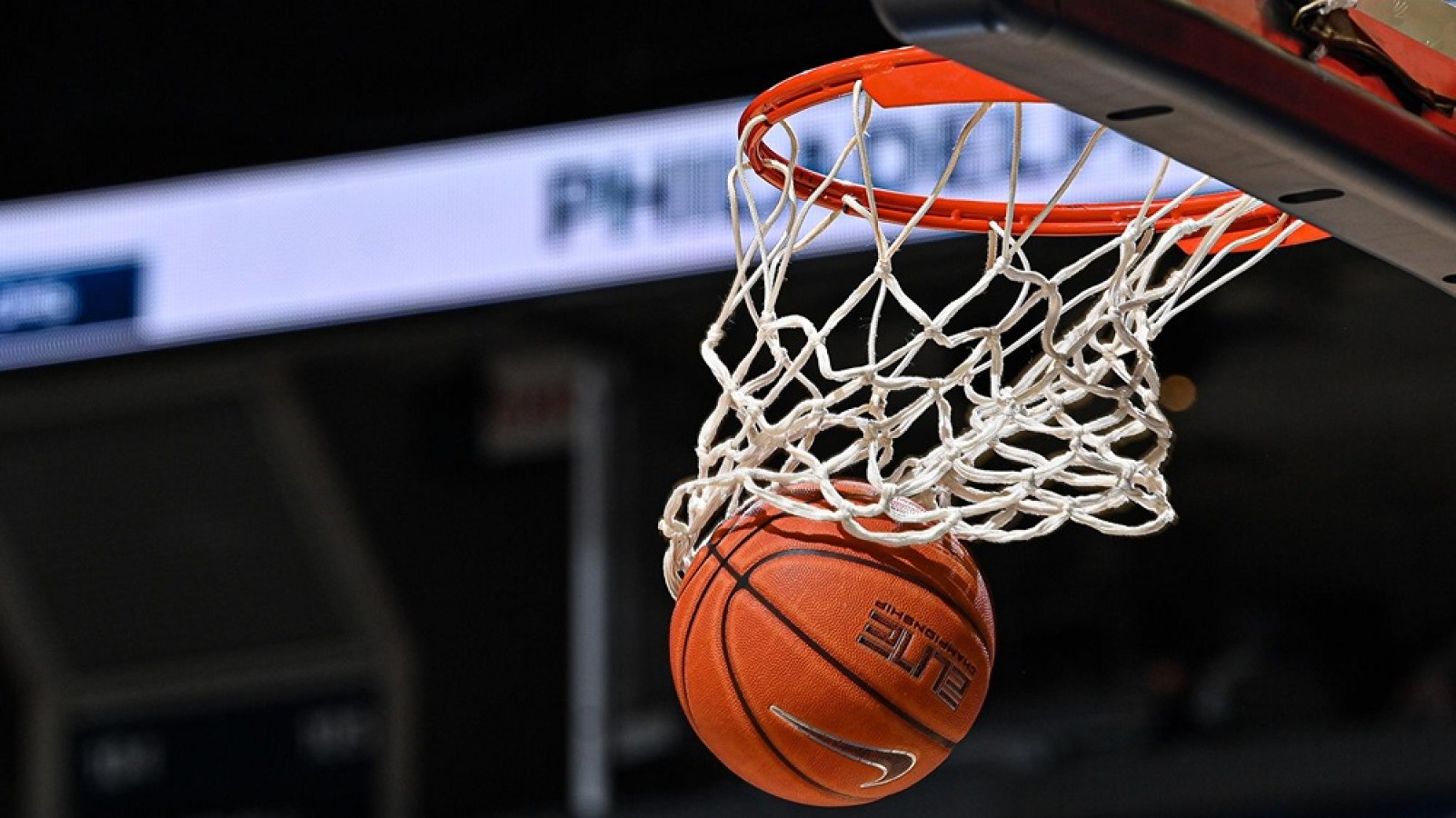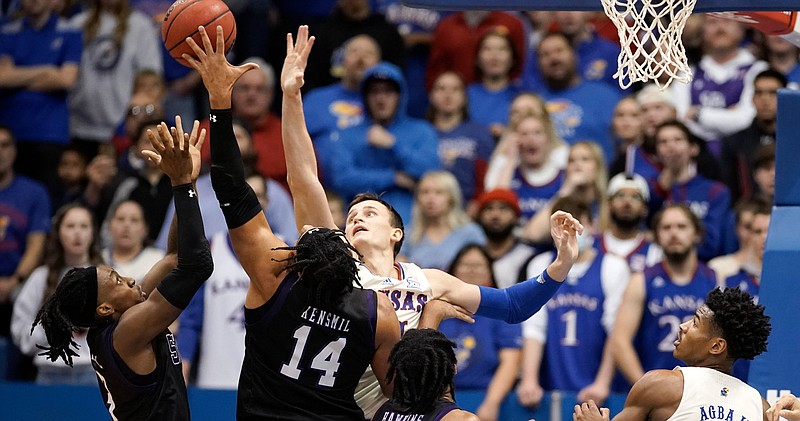Basketball Rules Every Player Must Master to Dominate the Court

Success on the hardwood isn’t merely about talent or athleticism. True domination stems from a deep understanding of the basketball rules that govern play. Whether you’re a novice lacing up your sneakers for the first time or an experienced competitor seeking to refine your craft, mastering these principles is non-negotiable. Knowing the basketball rules enables fluid gameplay, tactical precision, and confident decision-making.
The Foundation of Fair Play
Basketball, a game of structure and strategy, relies on consistent regulation. The court is divided with intention—baseline, key, perimeter, and arc—all shaping player movement. Knowing court dimensions and positions not only avoids infractions but also empowers players to exploit spacing effectively. Ignorance of spatial boundaries often leads to costly turnovers or missed opportunities.
Mastering Ball Handling Regulations
Carrying, double-dribbling, and traveling are common violations that can cripple momentum. Every player must internalize proper dribble control, foot placement during pivoting, and transition mechanics. Smooth handling and crisp ball movement are not simply skills—they are legal mandates essential to fluid offense. Missteps in this realm often result in immediate possession changes and shattered rhythm.
Defensive Discipline
Defense is governed by its own regulatory code. Illegal contact—such as reaching in, hand-checking, or blocking—can draw fouls that impact team dynamics and individual eligibility. Understanding verticality, help defense positioning, and zone coverage boundaries ensures that players remain aggressive yet clean. A well-informed defender avoids unnecessary penalties while maintaining pressure.
Scoring and Shot Selection
The difference between a two-point and three-point shot is often the result of mere inches. Foot placement behind the arc and within bounds is vital. Moreover, shot clock awareness and knowledge of offensive goaltending rules can determine whether a play succeeds or fails. Mastery in scoring is as much about knowing when and how to shoot as it is about execution.
Team Fouls and Free Throws
Accumulated fouls affect the entire team strategy. In the bonus situation, opponents are granted free throws, shifting the momentum. Each player must remain mindful of personal and team foul counts to avoid disqualification or gifting easy points. Free throw line procedures—placement, timing, and shooting protocol—require both technical and legal understanding.
Inbound and Out-of-Bounds Protocol
Inbounding the ball correctly under pressure requires focus and precision. A misstep, such as stepping over the line or exceeding the five-second rule, can immediately swing possession. Similarly, knowing who touched the ball last and proper re-entry etiquette prevents disputes and unnecessary turnovers.
Shot Clock and Game Clock Awareness
Understanding temporal regulations separates elite players from the rest. The shot clock, typically 24 seconds in professional play, mandates prompt offensive execution. Knowing when to reset, when to foul intentionally, and how to manage the final seconds of a quarter or game reflects high basketball IQ. Time, once lost, cannot be regained—discipline in this area wins championships.
Substitution and Timeout Rules
Timing substitutions properly and leveraging timeouts strategically are vital components of high-level play. Players must adhere to substitution windows and enter through the designated area. Timeouts, limited and regulated, offer opportunities to regroup or disrupt momentum but must be used judiciously. Misuse can lead to technical fouls or lost tactical advantages.
Technical and Flagrant Infractions
Beyond physical errors, emotional control is critical. Arguing with officials, taunting opponents, or unsportsmanlike behavior can draw technical or flagrant fouls. These not only penalize teams with free throws and possession loss but also tarnish a player’s reputation. Playing with passion must be balanced by respect for the game’s decorum.
The Importance of Rebounding Position
While not always listed under traditional violations, illegal box-outs and over-the-back calls frequently occur during rebounding battles. Understanding the legal ways to establish position without fouling ensures continued opportunities on both ends of the court. It’s a subtle but essential element of dominance.
Jump Ball and Possession Arrow
Initial tip-offs and tied possessions are regulated by a jump ball or possession arrow system. Misunderstanding when and how possession alternates can lead to confusion and missed strategic chances. Players should track the arrow and be aware of when their team will next receive possession.
Bench Conduct and Team Communication
Discipline isn’t restricted to active play. Players on the bench must remain within their designated area, avoid interfering with referees or opponents, and contribute to the team through positive communication. Violations from the bench can draw technical fouls, shifting the course of tight contests.
Evolving Rules and League Variations
Every league—whether FIBA, NBA, NCAA, or high school—has unique regulatory nuances. From the three-point line distance to defensive three-second rules, adapting to the appropriate rule set is imperative. Players aiming to compete at higher levels must remain agile, continuously updating their knowledge as the game evolves.
Great players are not only defined by physical ability but by their mental sharpness and regulatory fluency. Internalizing the laws that govern basketball enables smarter plays, fewer errors, and elevated team synergy. To dominate the court, knowledge is as powerful as skill. The true virtuosos of the game view every rule not as a limitation but as an avenue for strategic expression.

